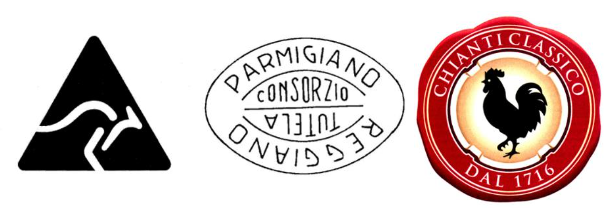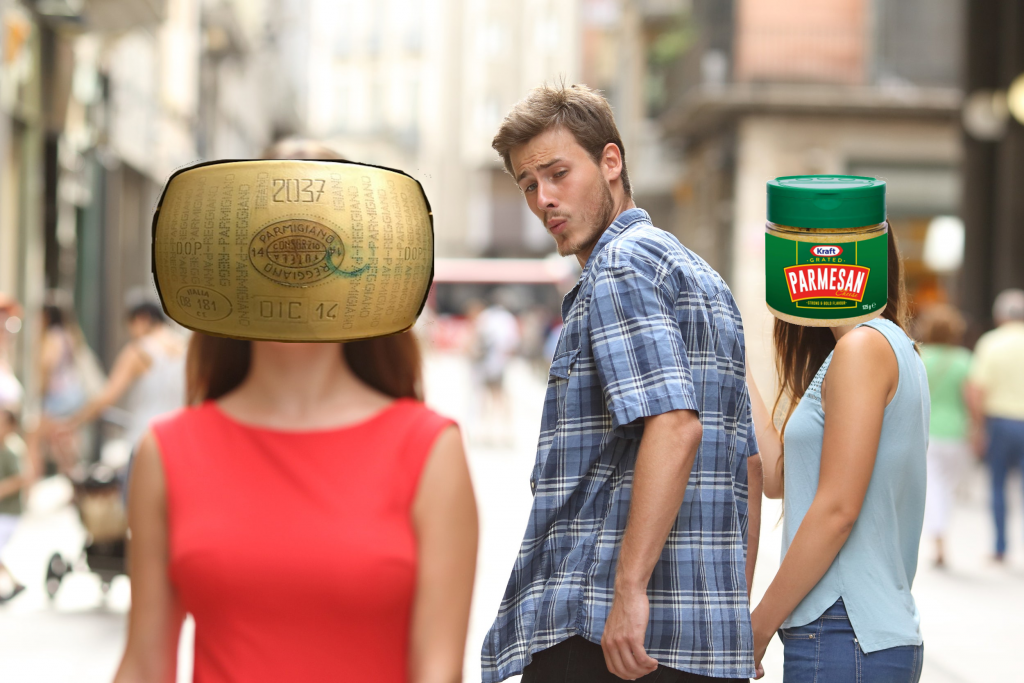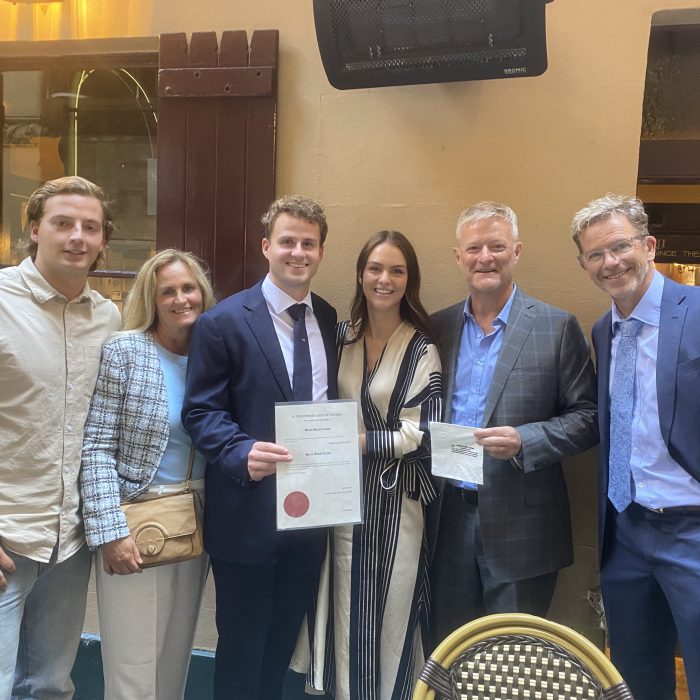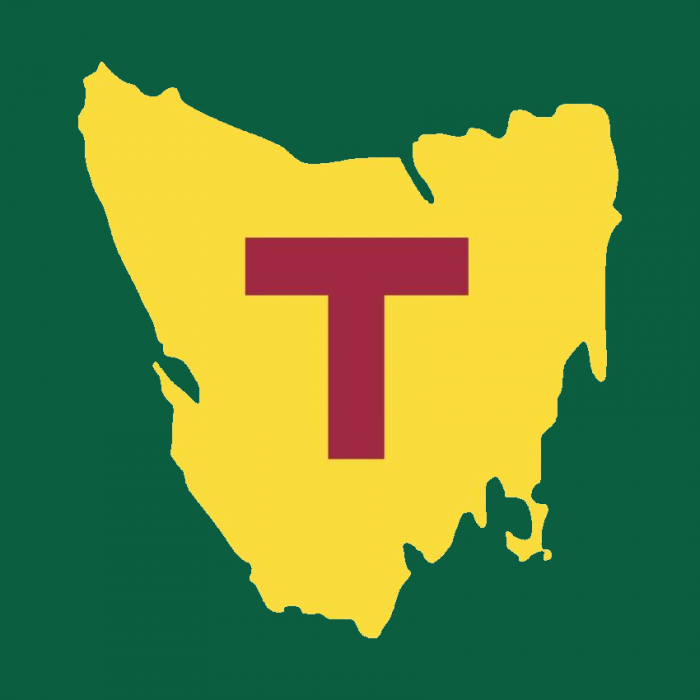What do the Australian Made kangaroo, the Parmigiano Reggiano stamp and the Chianti black rooster all have in common?

These trade marks are all registered certification trade marks.
So, what’s a certification trade mark, and how is it different from a standard one?
A standard trade mark registration will protect your brand from being used by one of your competitors and make sure that your customers know that what they’re buying is made by you.
A certification mark tells potential customers that your goods or services meets certain standards or are of a certain quality. This can attract more customers who are drawn to specific qualities to your product. A certification trade mark might tell your customers that your product meets a certain Australian or international standard, is made from a specific ingredient, in a certain way, or in a specific part of the world, for example. These marks also give consumers certainty that they’re receiving “the real deal”. (If you’re buying organic, fair-trade chocolate you get bonus karma points, right?!)
In what ways are certification marks treated differently to standard marks?
Most sections of the Trade Marks Act apply equally to certification marks and standard trade marks, but there are some key differences. For example:
- The focus of the distinctiveness assessment is a bit different. An Examiner of a certification mark asks whether the certification mark distinguishes certified goods or services from uncertified goods or services, not whether it distinguishes one trader’s goods or services from those of another. Subtle difference.
- The non-use provisions don’t apply to certification marks because the owner isn’t required to use the mark. Rather, the owner allows approved users to use the mark in accordance with the Rules. This also means that if the certification mark is enforced against a third party, the fact that the owner hadn’t themselves used the trade mark won’t disentitle them from an award of damages.
- Like a standard trade mark, a certification mark will be infringed when someone uses it without the permission of the registered owner. But if there’s a dispute about whether goods or services meets the certification requirements, the process outlined in the certification rules will need to be followed.
There are over 500 certification marks registered in Australia. You can see them here on the Trade Marks Register. Each certification trade mark has a set of rules attached to it. Any prospective user of the mark must comply with those rules in order to be allowed to use the certification mark. For example, if you operate a bakery and want to show that you’re Halal certified, you need to demonstrate to AHDAA (Australia’s Halal certification body and owner of this certification trade mark) that everything from your pie crusts to your staffing requirements meets the associated Rules.
Special subset – GIs
GIs (that’s geographic indications, not action figures) are a special subset of certification trade marks. The classic example is Champagne: sparkling white wine can only be called Champagne if the grapes are grown and bottled in the Champagne region of France. Other famous examples include Darjeeling, Stilton, Tequila and Scotch. More recently, geographical indications for Prosecco and Feta have been in the press because of free-trade talks between Australia and the EU (we’ve published our rather controversial thoughts on this topic previously).
In order to register a GI as a certification trade mark in the first place, you need to satisfy IP Australia that the products from that geographical location have known special characteristics which can be attributed to the area. Many GIs emanate from Europe, but there are plenty closer to home. For example (to toot our own horn), we’ve worked to get Mount View and Belford registered as certification marks for wines made in the Hunter Valley Region of NSW. For more information on GIs, you can check out IP Australia’s helpful explainer which our very own James Omond helped develop.
Can I register my own certification mark?
Anyone can apply for certification mark and the process is similar to applying for a standard trade mark. The biggest difference is that you will need to submit to IP Australia the rules governing the use of your trade mark. If IP Australia is satisfied that your mark is registrable, they’ll provide your rules to the ACCC for review. If the ACCC approves your rules (which can take some time and/or drafting tweaks), then IP Australia will register your certification mark and off you go!
If you have any questions or would like to explore registering a certification mark, please get in touch.






